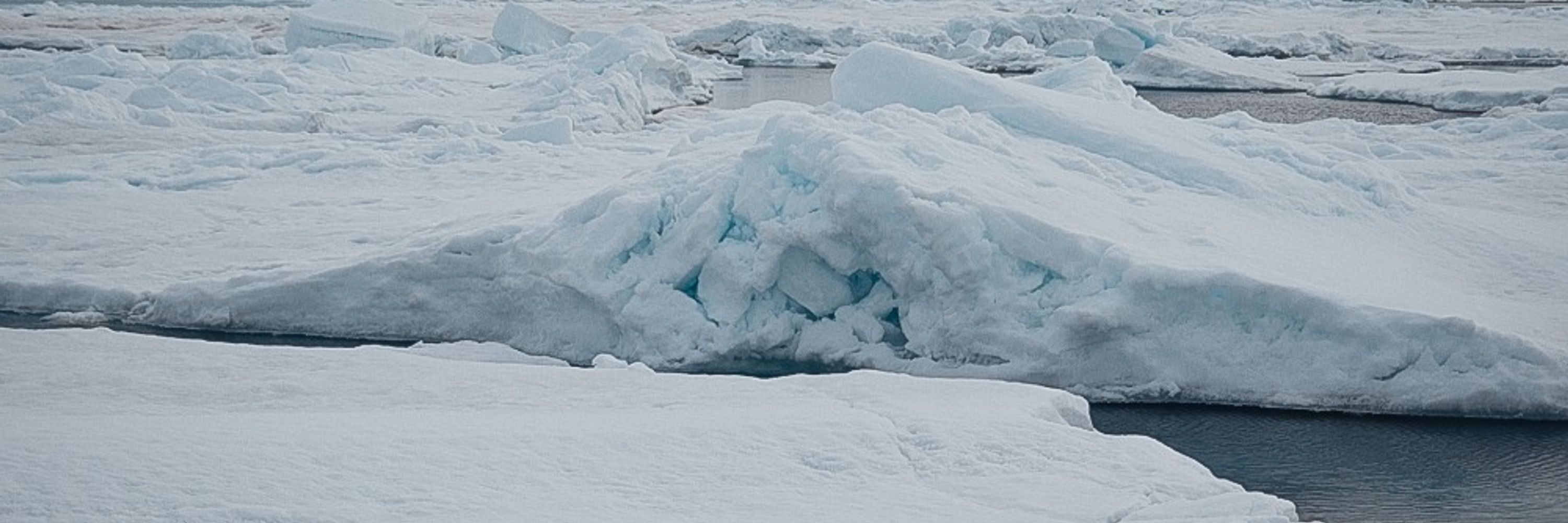
Alfred Wegener Institute @awi.de

We studied 3 types of Arctic sea ice, revisiting each site 4 times.
I wrote a short overview here: en.wikipedia.org/wiki/CONTRAS...

We studied 3 types of Arctic sea ice, revisiting each site 4 times.
I wrote a short overview here: en.wikipedia.org/wiki/CONTRAS...
www.awi.de/en/about-us/...
Photo: Evgenii Salganik

www.awi.de/en/about-us/...
Photo: Evgenii Salganik



The Arctic Beaufort Gyre is projected to weaken or vanish in most CMIP6 models under future climate change.
The gyre would thus stop storing freshwater in its centre, with possibly large impacts on the Arctic and beyond.
Read: agupubs.onlinelibrary.wiley.com/doi/full/10....

The Arctic Beaufort Gyre is projected to weaken or vanish in most CMIP6 models under future climate change.
The gyre would thus stop storing freshwater in its centre, with possibly large impacts on the Arctic and beyond.
Read: agupubs.onlinelibrary.wiley.com/doi/full/10....

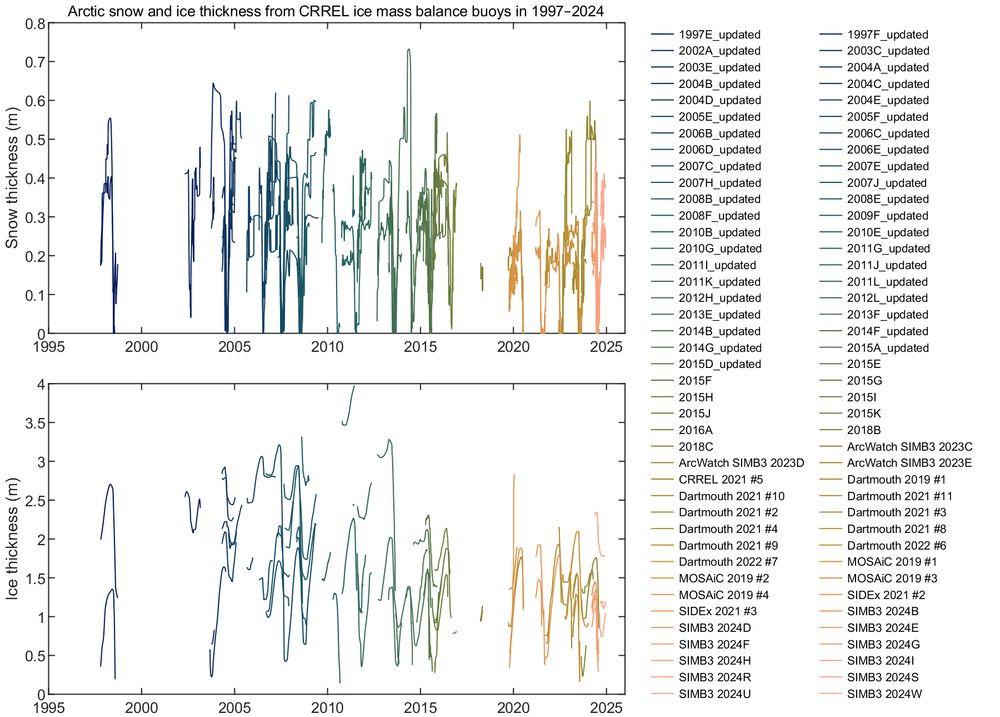
The coring datasets have many more parameters, including isotopes and nutrients.
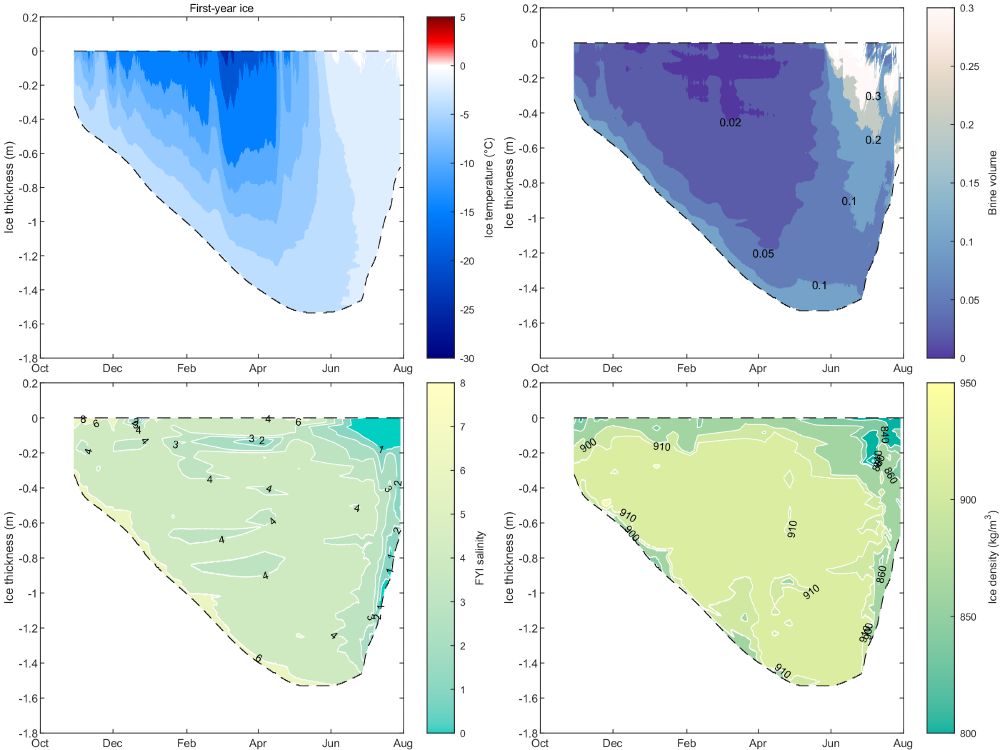
The coring datasets have many more parameters, including isotopes and nutrients.


After nearly two weeks of overwhelming uncertainty, today it happened. I was fired from my dream of working at NOAA. I'm so sorry to everyone also affected.
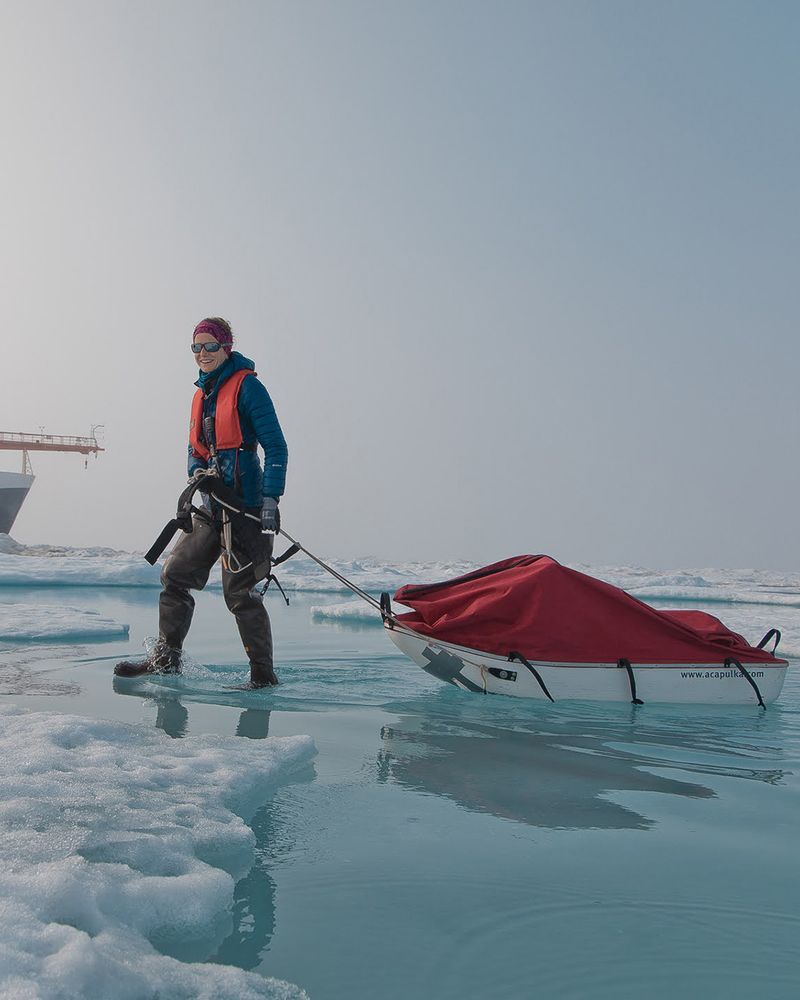
Content includes
💻 Internet image search & climate views
🌀 cyclone risk to ecosystems
📉 the Global Stocktake technical dialogue
🦠 Microbial carbon use efficiency in soil models
🧊 smoother Arctic sea ice
& much more
www.nature.com/nclimate/vol...

doi.org/10.1038/s415...
As flattered as I am to have an equation named after me, I would have preferred the authors to have cited the paper in which I wrote this equation (rather than the URL of some random CCI report).

· Perceptually uniform
· Perceptually ordered
· Colour-blind friendly
· Readable as B&W print
· Widely compatible
· Versioned & citable
fabiocrameri.ch/colourmaps
#useBatlow #Dataviz #SciArt #EduSky #OpenSource
1/n

We are scientists from the #SeaIce and #Oceanography sections within the Research Department at the Norwegian Polar Institute, located in Tromsø, Norway. Follow us here on @bsky.app for updates and insights into polar #research in the #Arctic and #Antarctic carried out by us.
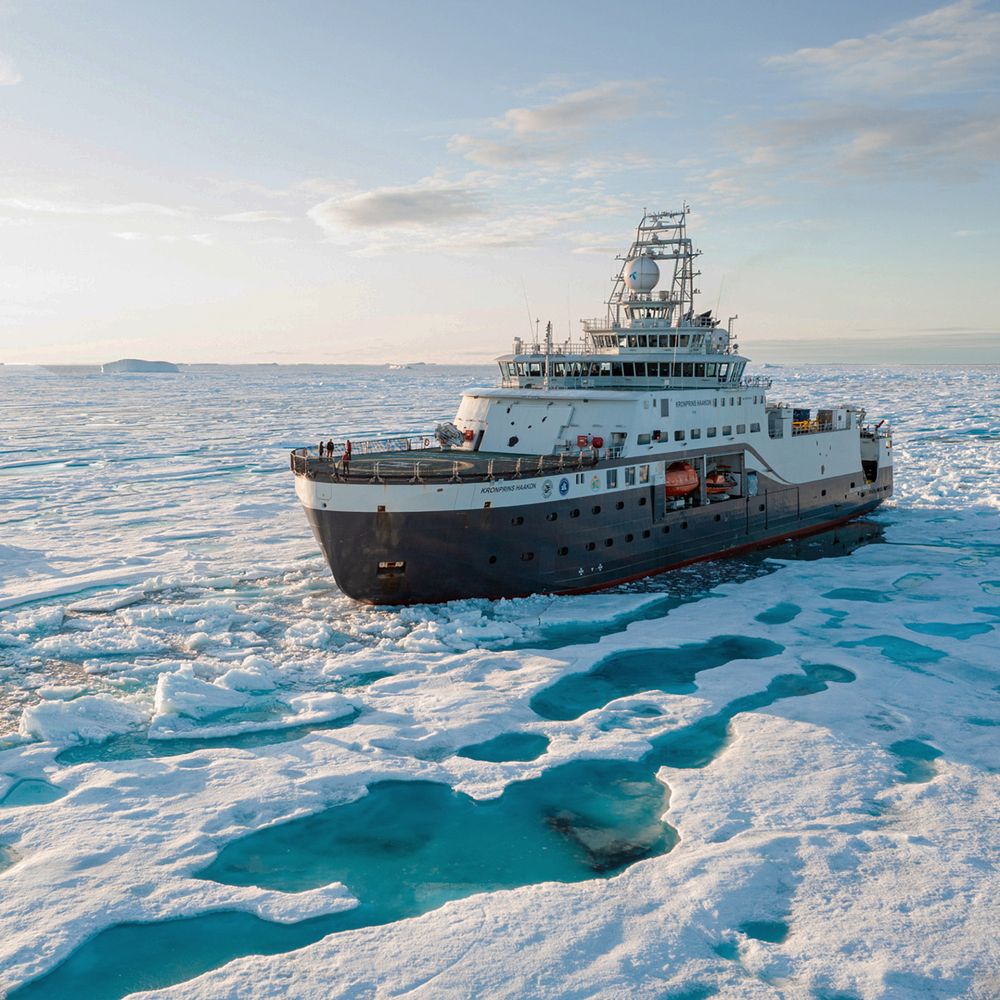

Krumpen, T., von Albedyll, L., Bünger, H.J. et al. Smoother sea ice with fewer pressure ridges in a more dynamic Arctic. Nat. Clim. Chang. (2025). doi.org/10.1038/s415...
#Arctic #climate 🌊 🥼❄️
rdcu.be/d5rtv





